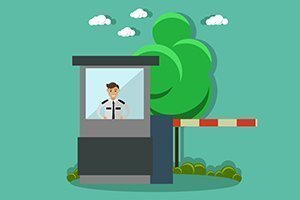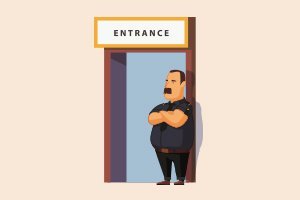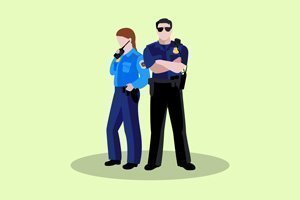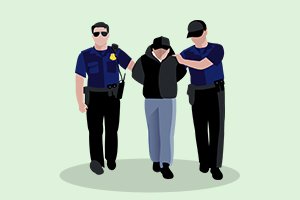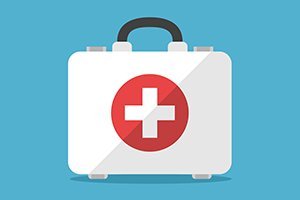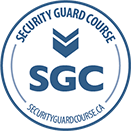Why Everyone Should Be Trained in Emergency First Aid
There’s one simple answer to this: having the knowledge and training to perform emergency first aid procedures saves lives. If more people around us were trained in Emergency first aid, there would be that many more people around us who are able to respond to accidents and injuries immediately after they occurs, which in some cases, could be enough to save a life.
To put it into perspective, at the time of crisis, the most effective responders are the people who are already there. The people who witnessed the accident or were close enough to know exactly what type of injuries a person may have been sustained are more likely to be able to provide immediate assistance. It would only take them a few seconds to react and start providing aid to the person who needs it. The first few moments after an incident are critical in a medical scenario.
While emergency responders are being called to the scene, it will still take them a few minutes to find the precise location of the incident, sometimes longer in areas that are more congested with people and traffic. Then, they’ll have to take a quick assessment of what has happened before reacting and providing treatment to the person or people who are injured. Already a few precious minutes have passed. Too many people are treated too late and succumb to their injuries before they are able to reach a hospital or medical facility. It is a fact that many deaths can be prevented with improved training and more access to enhanced first aid gear.
Having a person who is trained and knowledgeable in first aid procedures at the Emergency level could save someone’s life before emergency responders reach the scene. In addition, they can provide much needed help during a mass crisis where serious injuries are sustained and there are not enough medical personnel on -site. Knowing how to stop a victim from bleeding out is just one example of how someone can do more than just be another bystander.
Sometimes the clock is the biggest enemy in these situations, and it often takes only minutes to lose enough blood to end up in a life-threatening position. Being able to provide immediate assistance to someone who has sustained major injuries and is losing blood can save their life. Common incidents that result in these types of injuries are gunshot wounds, car accidents, workplace injuries, and accidents while hiking.
The three leading causes of preventable deaths are blood loss from extremity wounds, collapsed lungs and obstructed airways. An emergency first aid kit is equipped with the medical tools and supplies to address those immediate needs.
A basic first aid kit weighs less than a pound for easy carrying and should contain the following contained in a compact kit that has a water repellent cover:
- A one-handed tourniquet
A tourniquet is used to stop blood loss. Traumatic accidents happen and in a high-risk situation, a tourniquet can be extremely effective in saving lives when applied properly.
2, A nasopharyngeal airway tube
Also known as a nasal trumpet, this is a tube that is designed to be inserted into the nasal passageway to secure an open airway. When a patient becomes unconscious, the muscles in the jaw commonly relax and can allow the tongue to slide back and obstruct the airway. This makes creating an opening in the airway manageable until emergency responders arrive on the scene.
Every moment a patient is not breathing can be detrimental to their health. Lack of oxygen can cause brain damage and death.
- Emergency trauma bandages
Emergency trauma bandages are sterile bandages used for applying immediate direct pressure to wounds. Be sure to check the expiry date, as these often have an expiry date of up to five years.
- Hemostatic combat gauze
Hemostatic combat gauze can quickly and safely stop blood flow from potentially lethal wounds by utilizing hemostatic agents to promote clotting and help stop the bleeding. It works on contact with blood and can stop bleeding five times faster than other methods.
- Adhesive tape
This can be used when wrapping wounds to keep bandages and gauze fastened to the wound.
- Surgical gloves
Whenever you’re dealing with medical trauma, blood loss, and other bodily fluids, use surgical gloves to keep things sterile and reduce the chances of infection. Having more than one pair can allow more than one person to provide assistance when needed.
For more information on first aid training, call Security Guard Course at 1-(888) 409-1118 or contact us here.

